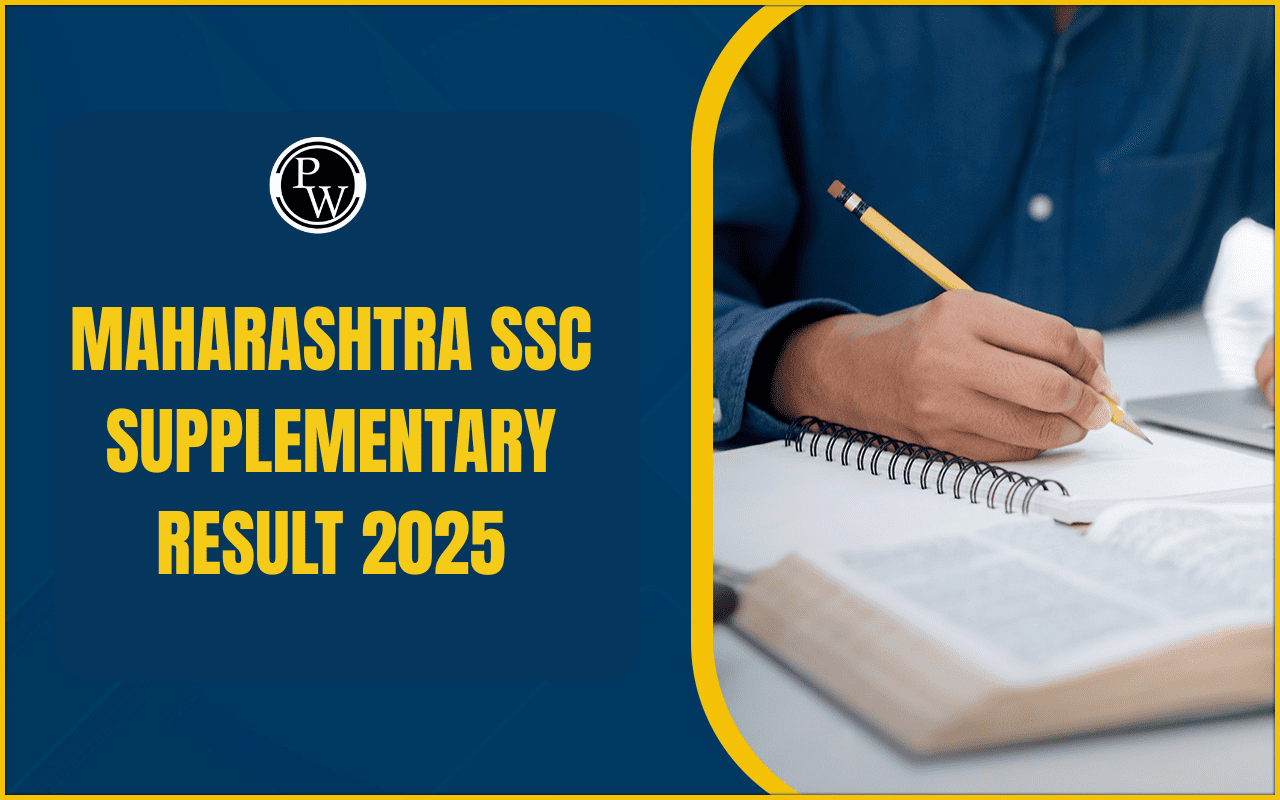HPSC SDAO Syllabus 2023
: The Haryana Civil Services Exams (HCS) are administered annually by the Haryana Public Service Commission (HPSC). A combined competitive test called HPSC HCS is held in Haryana to select qualified applicants for a variety of positions in the state government. The HPSC test heavily relies on the syllabus.
The HPSC HCS exam consists of three stages, and applicants must pass each stage by studying following the most recent HPSC HCS exam pattern and
HPSC SDAO Syllabus
. Take a FREE HPSC Mock Test. General Studies and CSAT are two of the two objective-type question papers in the HPSC preliminary exam. Examine the UPSC Civil Service Syllabus as well.
An interview is the foundation of the HPSC SDAO selection procedure. Candidates must also meet all requirements to be considered for the position.
Check Complete Details,
HPSC SDAO Salary 2023, Structure, Allowances, Job Profile
HPSC SDAO Syllabus 2023
The
HPSC SDAO Syllabus
and test pattern have been officially issued by the Haryana Public Service Commission (HPSC). Candidates must make sure to cover all of the HPSC SDAO Syllabus material.
Candidates will benefit from consulting the marking system in addition to the Sub Divisional Agriculture Officer (SDAO) test pattern since they may organize their study depending on the importance of each area. The following are the exam's main themes for HPSC Recruitment 2023:
|
HPSC SDAO Syllabus 2023
|
|
Particulars
|
Details
|
|
Full-Form of the Exam
|
Haryana Public Service Commission Exam
|
|
Name of the Organization
|
Haryana Public Service Commission
|
|
Name of the Organization
|
Annually
|
|
Mode of Application
|
Online
|
|
Exam Mode
|
Offline
|
|
Exam stages
|
|
|
Exam Duration
|
2 Hours
|
|
Language
|
English and Hindi
|
|
Exam Helpdesk
|
0172 – 2560755
|
|
Official Website
|
http://hpsc.gov.in/en-us/
|
HPSC SDAO Syllabus 2023 Download PDF
The official
HPSC SDAO syllabus
2023 for the respective topic is provided below in two parts.
|
HPSC SDAO Syllabus
|
|
Part
|
Syllabus
|
|
A
|
-
Natural resources, their protection, and sustainable management in connection to ecology,
-
Physical and social environments as influences on the production and distribution of crops
-
Cropping patterns and agroecology as environmental indicators
-
Crop, animal, and human risks connected with environmental contamination
-
International agreements and worldwide activities related to climate change
-
Environmental pollution and climate change
-
Remote sensing (RS) and geographic information systems (GIS) are modern technologies for ecological study.
|
-
Cropping practices in the nation's various agroclimatic zones
-
Changes in cropping patterns are impacted by high-yielding and short-duration cultivars.
-
Concepts for different agricultural methods and crop types
-
Precision and organic farming
-
A set of procedures for growing significant amounts of grains, legumes, sugar, fiber, commercial, and fodder crops
|
-
Important characteristics, as well as the scope, of many types of plantings for forestry, including social forestry, agro-forestry, and natural forests
-
development of forest plants
-
Forestry goods
-
Value addition and agroforestry
-
protection of the forest's wildlife and plants
|
-
Weeds, their traits, how they spread, and how they are associated with different types of crops, as well as the control of them by cultural, biological, and chemical means.
|
-
Properties of soil's physical, chemical, and biological composition
-
Processes and soil-formation factors
-
Indian soils
-
The significance of soil's mineral and organic components in preserving soil productivity
-
Plants and soils contain beneficial components and essential plant nutrition.
-
Integrated nutrient management, soil fertility principles, and recommendations for fertilizers Biofertilizers
-
Nitrogen losses from the soil, the effectiveness of using nitrogen in submerged rice soils, and soil nitrogen fixing
-
Effective usage of potassium and phosphorus
-
Reclamation of problematic soils
-
Elements in the soil that impact greenhouse gas emissions
|
-
Conservation of soil and comprehensive watershed management
-
The prevention of soil erosion
-
issues with dry land farming
-
Technology for enhancing rainfed agriculture productivity
|
-
Crop productivity and water consumption efficiency, timing requirements for irrigations, and methods for minimizing irrigation water runoff losses
-
collecting rainwater
-
irrigation with drip and sprinklers
-
Water-logged soil drainage, irrigation water quality, the impact of industrial effluents on soil and water contamination
-
India's irrigation initiatives
|
-
Farm management, including its range, significance, and traits, and farm planning
-
Budgeting and resource usage at their best
-
The economics of various farming methods
-
Market intelligence and marketing management techniques
-
Price variations and their costs, the function of cooperatives in the agricultural economy, the many farming systems and the variables that influence them, and more.
-
Agriculture price regulation
-
Crop Protection
|
-
Agricultural extension, its significance, and function, techniques for evaluating extension programs, a socioeconomic analysis, and the situation of large, small, marginal, and landless farmers are all discussed here.
-
Extension workers' training programs
-
Farming technology distribution through non-governmental organizations (NGOs) and self-help groups: The role of Krishi Vigyan Kendras (KVK)
|
|
B
|
-
Cell cycle, composition, and operation
-
The creation, composition, and use of genetic material
-
the hereditary laws
-
Linkage, cross-over, and chromosomal abnormalities, as well as their importance in recombination breeding, are discussed.
-
Euploidy, aneuploidy, and polyploidy
-
The importance of mutation in agricultural improvement
-
Classification of heritability, sterility, and incompatibility traits and their use in crop improvement
-
Characters that are inherited from the cytoplasm, sex-linked, sex-influenced, and sex-limited
|
-
Plant breeding history
-
strategies for crossing, selfing, and reproduction
-
Center of origin, the law of homologous series, domestication and conservation of agricultural genetic resources, and origin, evolution, and domestication of crop plants.
-
Utilizing plant breeding methods to enhance agricultural plants
-
The use of molecular markers in plant improvement
-
In plant breeding, the importance of pure-line selection, pedigree, mass and recurrent selections, combining ability, and other factors is significant
-
The utilization of heterosis
-
Thereforematic hybridization
-
resistance to disease and pests in breeding
-
hybridization between different species and between different genera
-
Crop enhancement through genetic engineering and biotechnology plants that have been genetically modified
|
-
Technology used in seed production and processing
-
Testing, storing, and certifying seeds
-
Seed identification and DNA fingerprinting
-
role of public and private sectors in the marketing and manufacturing of seeds
-
WTO concerns, issues relating to intellectual property rights (IPR), and their effects on agriculture
|
-
principles of plant physiology with relation to nutrient metabolism, absorption, and transport in plants
-
Soil, water, and plant interactions
|
-
Enzymes and plant pigments; contemporary theories and influences on photosynthesis; aerobic and anaerobic respiration; Mechanisms C3, C4, and CAM
-
metabolism of carbohydrates, proteins, and fats
-
Development and growth, photoperiodism, and vernalization
-
Plant growth factors and how they affect crop output
-
biology of seed germination and growth; dormancy
-
Stress physiology: stress from water, salt, and draft
|
-
Major crops of fruits, vegetables, flowers, spices, and plantation crops
-
Major horticulture crop package practices
-
High-tech horticulture and protected cultivation
-
Post-harvest technologies and fruit and vegetable value addition
-
Commercial landscaping and floriculture
-
Aromatic and medicinal plants
-
Fruits and vegetables' role in dietary intake
|
-
An analysis of the economic significance of pests and illnesses of field crops, vegetables, orchard crops, and plantations
-
Pest and disease classification, and how to control them
-
Pest and disease control that is integrated
-
Storage pests: prevention and control
-
Pest and illness biological control
-
Major crop pests and illnesses epidemiology and forecasting
-
procedures for plant quarantine
-
Pesticides, their composition, and their mechanisms of action
|
-
Trends in Indian food production and consumption
-
Vision 2020: Food security and rising population
-
Causes of the grain excess
-
International and domestic food regulations
-
Constraints in production, procurement, and distribution
-
Food grain availability and per-person food costs
-
Public distribution system, population living below the poverty line, targeted public distribution system (TPDS), and policy execution in relation to globalization trends
-
processing limitations
-
Relationship between food production, national dietary recommendations, and eating habits
-
Dietary methods based on food that end hunger
-
Micronutrient deficit and HRD in relation to the labor capability of women and children, as well as Protein Energy Malnutrition or Protein Calorie Malnutrition (PEM or PCM), are examples of nutrient deficiencies.
-
Productivity of food grains and food safety
|
HPSC SDAO Exam Pattern 2023
The HPCS preliminary examination consists of two papers: Paper-I and Paper II. The following is a description of the HPSC exam format for various tests:
Preliminary Exam Pattern
In the HPSC prelims test, 200 questions are asked in total. Candidates studying for the HCS preliminary test can use the tabular data to learn about the stage 1 exam format.
|
HPSC SDAO Prelims Exam Pattern 2023
|
|
Subject
|
No. of questions
|
Total marks
|
Duration
|
|
General Studies
|
100
|
100
|
2 hours
|
|
General Aptitude
|
100
|
100
|
2 hours
|
|
Total
|
200
|
200
|
|
Mains Exam Pattern (Subjective Type)
The HPSC selection process's most crucial phase is the HCS major exam. The marks received by candidates in the HCS main test will be considered for generating the HCS result.
|
HPSC SDAO Exam Pattern 2023
|
|
Paper No.
|
Subjects
|
Maximum Marks
|
Time Duration
|
|
I
|
English (including English Essay)
|
100
|
3 hours
|
|
II
|
Hindi (including Hindi Essay) in Devanagari script
|
100
|
3 hours
|
|
III
|
General Studies
|
100
|
3 hours
|
|
IV and V
|
Two subjects to be selected from a list of 23 subjects
|
150 x 2 = 300
|
3 hours
|
|
Total
|
600
|
|
Personality Test 2023
Candidates who pass the personality test are also invited to move on to the next round of interviews. Candidates will be contacted for an interview if they pass the screening exam with a minimum score of 25% and the subject knowledge test with a minimum score of 35%.
Candidates must be knowledgeable in their profession and have a broad understanding of the state and nation. To ace the interview, one must also improve one's interpersonal abilities and charisma. The interview round has a 12.5% weighting.
|
HPSC SDAO Syllabus
|
|
Test
|
Maximum Marks
|
|
Viva-voce (Interview/Personality Test)
|
75
|
HPSC SDAO Syllabus FAQs
Q1 - Is HPSC a simple exam to pass?
Ans.
This makes it a difficult exam for students from Haryana and all around India to pass. This means that in order to pass all three stages—Preliminary, Main, and Interview—you must have a full understanding of the HCS test design and have studied a sizable portion of the material.
Q2 - Are UPSC and HPSC similar?
Ans.
The
HPSC SDAO Syllabus
for the UPSC (Union Public Service Commission) and HCS (Haryana Civil Services) exams may have some similarities, but they are not the same. The HCS is a state-level test unique to the state of Haryana, whereas the UPSC is a nationwide test.
Q3 - What score must you obtain to pass the HPSC exam?
Ans.
View the HPSC HCS Exam Pattern for the Prelims Exam below. The prelims test will consist of two papers: Paper I General Studies and Paper II CSAT. Candidates must have a minimum score of 33% on the Civil Services Aptitude Test (CSAT) in order to be eligible for this paper.
Q4 - What is the HPSC Haryana salary?
Ans.
The base compensation of a candidate chosen as a Group A officer would be around INR 56,100, according to the Haryana Public Service Commission's HPSC HCS salary 2023 information. However, if the allowances are included, the Group A personnel's HPSC HCS monthly income will be close to INR 68,000.
Q5 - How many tries in HPSC are permitted?
Ans.
The maximum number of tries for each candidate has not been set by HPSC. However, only those applicants are regarded to meet all requirements for the Haryana Civil Services Eligibility for the Haryana Civil Services test if their age is equivalent to the age limit set by the commission.












